How Many Methods of Plastic Degradation Are You Familiar With?
Plastic waste has become one of the most pressing environmental challenges of the modern world. As plastic pollution continues to rise, understanding the various methods of plastic degradation is essential in finding sustainable solutions. From natural processes to advanced technological approaches, plastic degradation can occur in several ways. In this article, we will explore the different methods of plastic degradation and how digital printing on biodegradable plastics can be an innovative solution to both environmental and branding challenges.
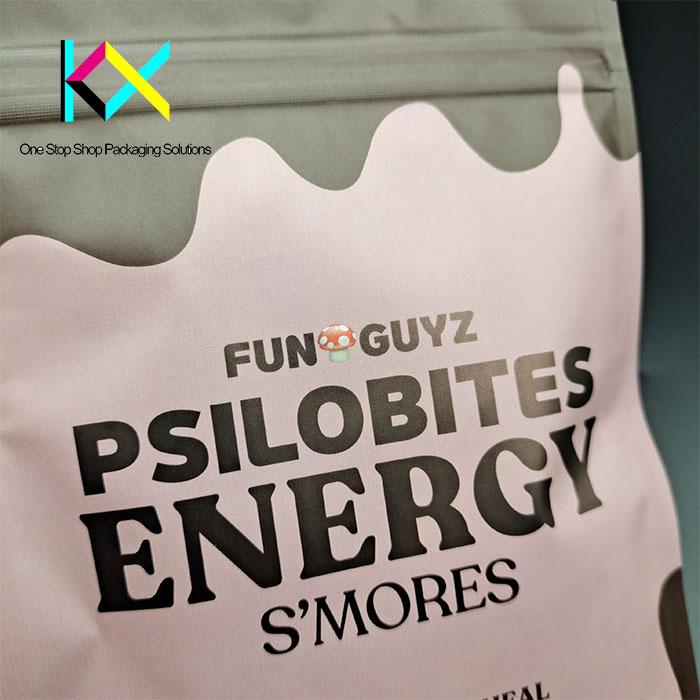
1. Photodegradation
Photodegradation is the breakdown of plastic due to exposure to ultraviolet (UV) light from the sun. Over time, UV radiation breaks the bonds in the polymer molecules, causing the plastic to become brittle, crack, and eventually disintegrate. However, photodegradation is typically slow and only effective on the surface layers of plastics exposed to sunlight. This process is more common in items left outdoors, like plastic bags, bottles, and other disposable plastics.
While photodegradable plastics are designed to degrade faster under UV exposure, it is important to note that digital printing on these materials can still be effective. UV inks used in digital printing are designed to cure quickly under UV light, and the design remains intact until the material begins to degrade. UV inks provide vibrant, long-lasting prints, but as the plastic undergoes photodegradation, the prints may fade or lose their integrity.
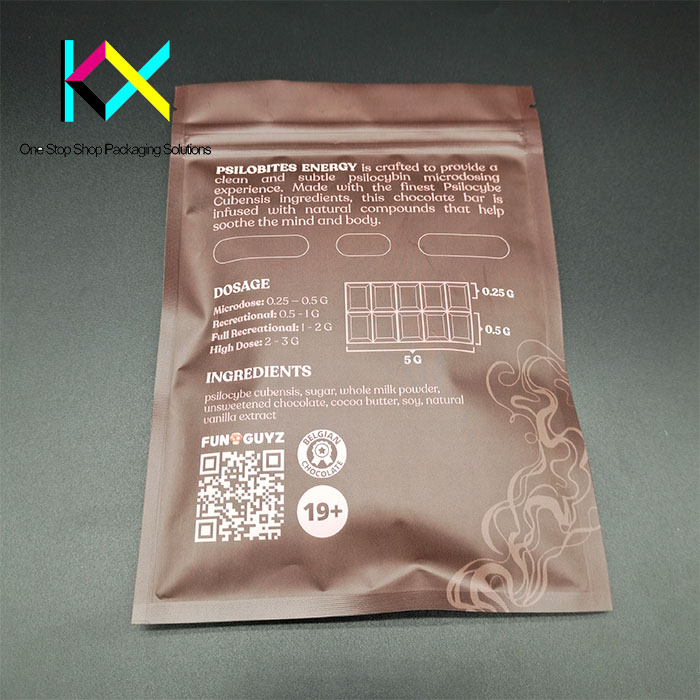
2. Biodegradation
Biodegradation is the process by which microorganisms such as bacteria, fungi, and algae break down plastics into simpler, natural substances like water, carbon dioxide, and biomass. Biodegradable plastics are designed to accelerate this natural process, and PLA (Polylactic Acid) and PHA (Polyhydroxyalkanoates) are two examples of biodegradable plastics that have gained popularity in recent years.
Biodegradable plastics are a great option for sustainable packaging solutions. One of the key advantages is that biodegradable plastics, like PLA, retain their integrity for a period of time before they begin to degrade, making them suitable for digital printing. Digital printing technologies, including UV printing and solvent-based printing, can be used on biodegradable materials like PLA without affecting their ability to break down over time. This makes it possible for businesses to use eco-friendly materials for their packaging while still achieving vibrant, high-quality prints.
Moreover, variable data printing (VDP) can be applied to biodegradable plastics, allowing for dynamic printing designs tailored to different regions or market segments. For example, a company can print eco-friendly messages or QR codes that consumers can scan to learn more about the brand’s sustainability efforts.
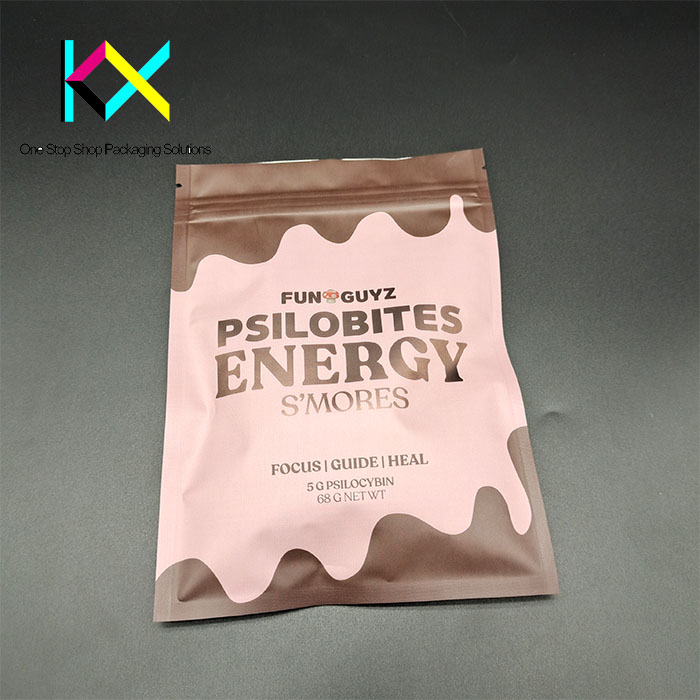
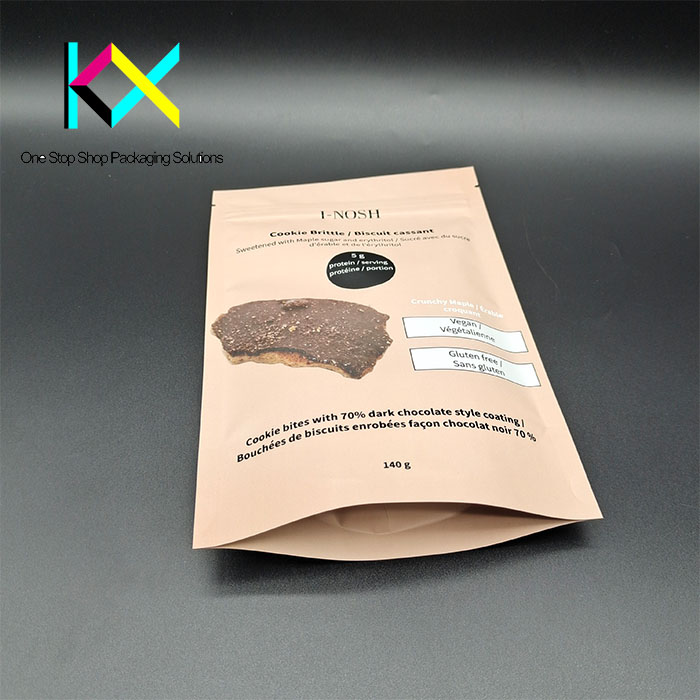
3. Chemical Degradation
Chemical degradation involves the use of chemical reactions to break down plastic polymers into smaller fragments. Various chemical agents can be used to degrade plastics more quickly than natural processes like photodegradation or biodegradation. For example, oxidative degradation involves introducing oxygen molecules into the plastic structure to break it down, while enzymatic degradation uses specific enzymes to catalyze the degradation process.
This method has been applied to create oxo-degradable plastics, which contain additives that promote faster breakdown through chemical reactions. While this approach offers a potential solution for accelerating plastic degradation, there are concerns about the long-term environmental impact of the byproducts. Additionally, digital printing on oxo-degradable plastics is possible, but the printing may not maintain its appearance as the plastic breaks down more rapidly.
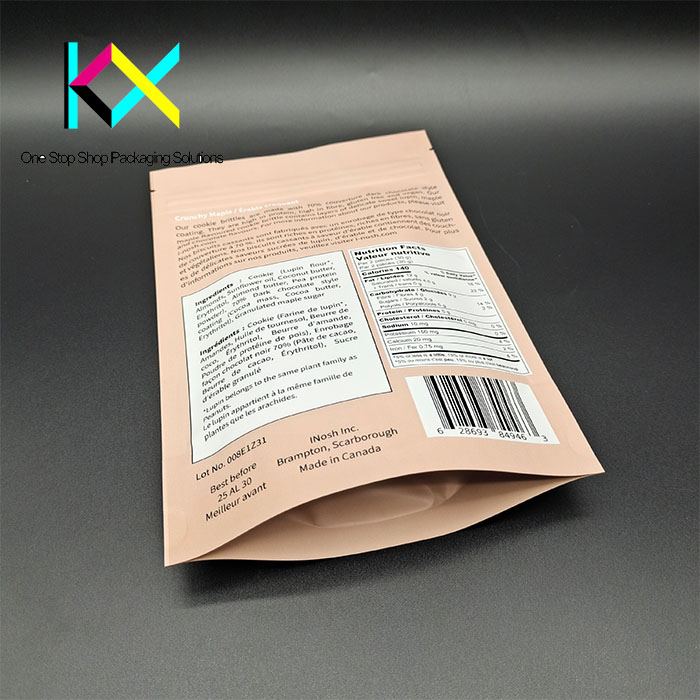
4. Thermal Degradation
Thermal degradation refers to the breakdown of plastics through heat. When exposed to high temperatures, the molecular bonds in the plastic weaken, causing it to decompose into smaller molecules. This method is commonly used in plastic recycling processes, where plastics are heated to melt and reshape them into new products.
In the context of plastic packaging and digital printing, thermal degradation is less commonly used as a direct degradation method but plays a role in the recycling of printed plastics. Printed plastics are often subject to thermal degradation during recycling, and digital prints that utilize heat-sensitive inks or thermochromic inks can be integrated into packaging designs that respond to heat changes, further enhancing sustainability efforts.
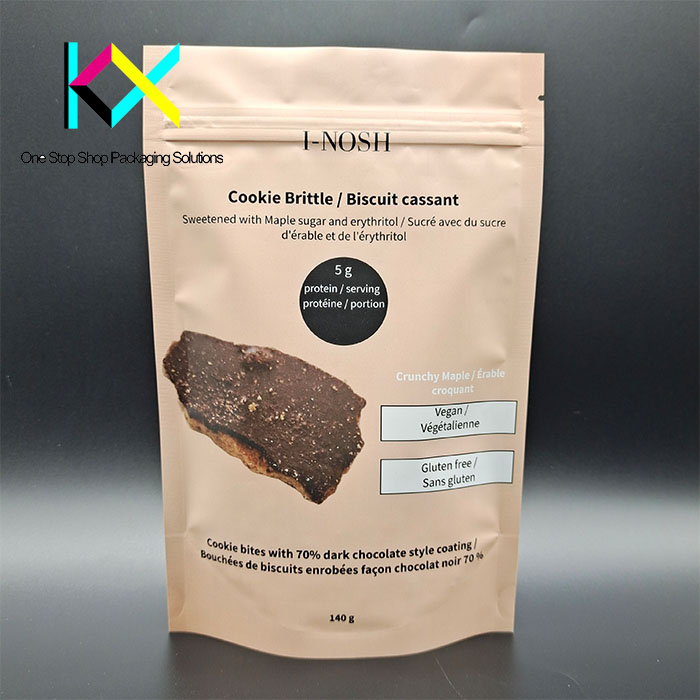
5. Microbial Degradation
Microbial degradation is a promising method that uses natural microorganisms to break down plastics into simpler, more environmentally friendly substances. Certain bacteria and fungi are capable of metabolizing plastic polymers like PET (Polyethylene Terephthalate) and PS (Polystyrene). Although this process is still in the experimental stages, it holds great potential for tackling plastic pollution on a large scale.
One of the exciting aspects of microbial degradation is that digital printing could be adapted to work with microbial-based plastics. By incorporating biodegradable inks that are compatible with microbial degradation, companies can create packaging that is not only eco-friendly but also printed in a way that does not hinder the breakdown process.
Digital Printing and Sustainable Plastic Packaging
Digital printing plays a key role in sustainable packaging solutions, as it allows for high-quality, customized printing on various types of plastics, including biodegradable and compostable materials. The flexibility of digital printing ensures that businesses can print custom designs, logos, and product information directly on plastic packaging without the need for excessive use of inks or chemicals, which can harm the environment.
UV digital printing, in particular, has gained popularity for printing on both traditional and biodegradable plastics due to its ability to produce vibrant, durable prints without the use of solvents. This is crucial for companies looking to align their packaging with eco-friendly values.
Conclusion
Plastic degradation is a complex process that can occur in several ways, including photodegradation, biodegradation, chemical degradation, and thermal degradation. As the world continues to move towards sustainability, biodegradable plastics and digital printing technologies offer significant promise for reducing the environmental impact of plastic waste. By adopting these technologies, companies can create eco-friendly packaging solutions that not only reduce plastic waste but also maintain high-quality prints that enhance brand recognition.
Incorporating sustainable practices in packaging design, from material selection to printing, is crucial for businesses aiming to make a positive impact on the environment while meeting consumer demand for more responsible packaging solutions.
You can visit our website to know more about our flexible packaging pouch:
